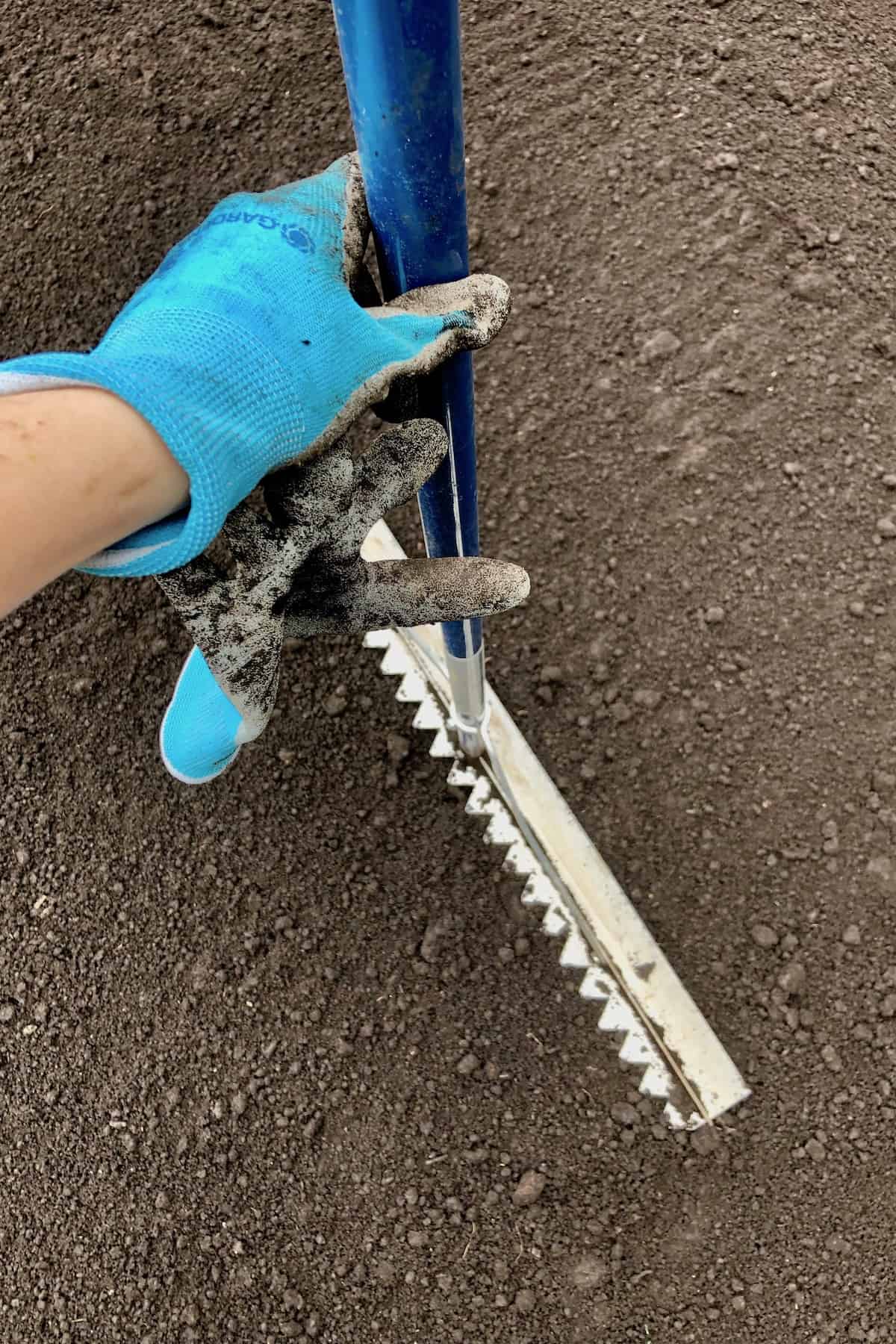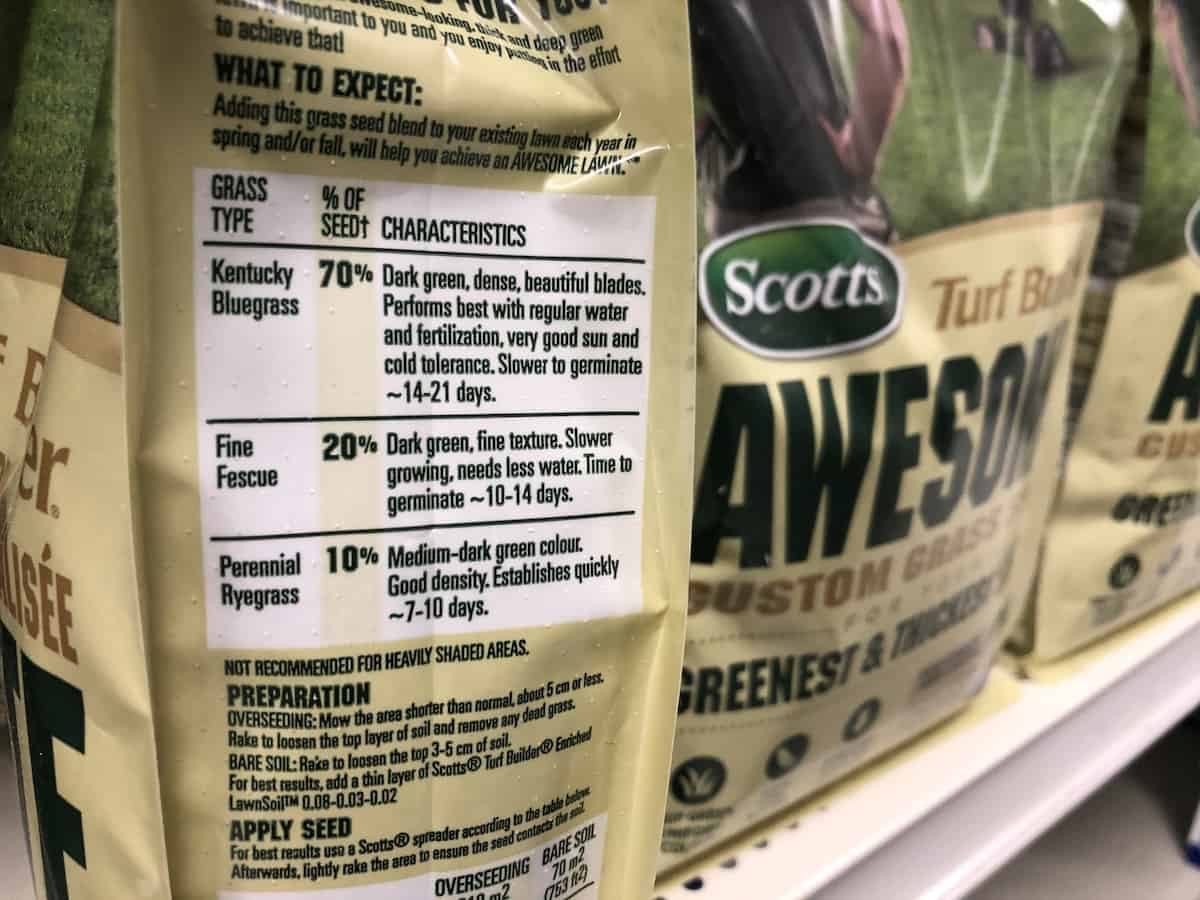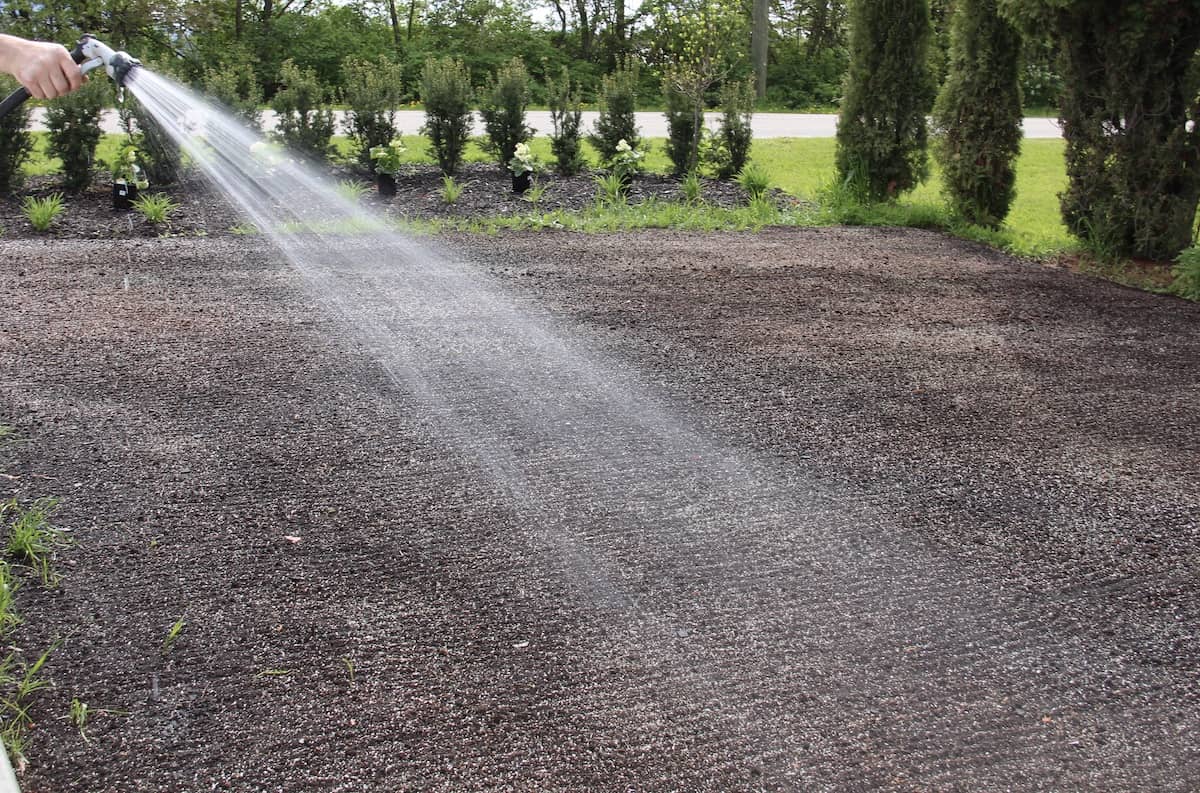Dreaming of a lush, green lawn? Achieving a beautiful and healthy lawn is not a far-fetched fantasy. In our step-by-step guide, we will show you how to grow a lawn that not only looks great but also thrives in your specific climate. So, let’s dive into the world of grass types, soil amendments, and lawn care techniques to bring your dream lawn to life!
How to grow a lawn
To grow a healthy lawn, ensure proper soil preparation by tilling and adding organic matter. Choose the right grass type for your climate and soil conditions. Regularly water and fertilize to maintain growth and health. Finally, mow at the correct height for your grass type to encourage a dense, lush lawn.

Soil testing and amendments
A vital step in your lawn journey is soil testing, which helps identify the pH, nutrient levels, and any amendments needed to ensure optimal grass growth. Creating a solid foundation for your lawn to thrive involves testing your soil and amending it accordingly.
Next, we will delve into the process of conducting a soil test and amending the soil for an optimal grass start.
Conducting a soil test
Conduct a soil test using a kit or through a local extension office to determine the lawn’s needs. The best soil tests are the ones where you send a sample of your soil to a professional laboratory. Following the steps from your lab for taking a soil sample guarantees the right conditions for your grass to grow strong and healthy.

Amending the soil
Amend the soil based on test results, using lime, compost, or other materials to improve nutrient availability and pH balance. Adding compost to your soil not only provides nourishment for the seedlings but also improves soil aeration and helps the soil retain water. Follow the application instructions closely and add the necessary soil amendments to replenish what your soil is missing.
Preparing the lawn area
Clearing debris, rocks, and weeds is a necessary step in preparing the lawn area before planting your grass seed. This ensures that your new grass has the best possible environment to grow and flourish. Remove any existing vegetation, like dead grass or weeds, and use a garden rake to create a smooth and even surface for planting.
Clearing the site
Removing existing vegetation, rocks, and debris is an essential step in preparing your lawn area for grass seed. To eliminate weeds and poor-looking grass, you can use a non-selective organic herbicide, a sod cutter, or manual digging to make way for new growth.
After clearing the site, use a rake to break up clumping soil and dig down about 6 inches for bare spots to ensure successful planting.
Tilling and smoothing
Till the soil to a depth of at least 3 to 4 inches for optimal results. Once the soil is tilled, use a landscaping rake to smooth the soil surface, removing any rocks, debris, or weeds. A smooth soil surface allows for better seed-to-soil contact, which encourages germination and establishment of the grass seed, leading to healthy grass seedlings.

Determining the right grass type
The first step towards achieving a lush lawn is choosing the right grass type for your location. Climate, sun/shade tolerance, and foot traffic are some factors to consider when choosing the best grass seed for your lawn.
Grass seed falls into two main categories: cool-season and warm-season grasses. Gardeners in areas with frozen winters generally grow cool-season grasses, while those in the tropics grow warm-season grasses. Gardeners in mild areas may be able to grow grasses from either category.
Cool-season grasses
Cool-season grasses, such as Kentucky bluegrass, fine fescue, tall fescue, and perennial ryegrass, are popular choices for lawns and landscapes. To ensure the best growth, using cool-season grass seed is essential for these types of grasses, especially when overseeding existing grass.
They thrive in colder climates and are ideal for planting in spring or fall. These grass types are perfect for northern states, where they can bask in the glory of cooler temperatures. The early fall is the best time to plant cool-season grasses in Zone 6 and below, as the warm soil and fall moisture help the seeds germinate and take root more easily.
Warm-season grasses
For those in warmer southern states, warm-season grasses like Bermuda and St. Augustine are the ideal choice for a lush and beautiful lawn. These grasses thrive when planted in late spring and early summer, taking advantage of the higher temperatures to grow strong and healthy.
Warm-season grasses, such as Bahia, Bermuda, Centipede, St. Augustine, and Zoysia, are often planted as “plug” starter plants, although seed planting is becoming more popular. These grasses offer a variety of options that adapt well to the warmer climate and provide your lawn with the resilience it needs to flourish.
Planting the grass seed
With your lawn area now prepared, you can proceed to planting grass seed. Choose a seed mix that combines different grass varieties for improved lawn qualities, such as drought resistance and disease tolerance.
Sow the grass seed using a broadcast spreader or by hand, ensuring even coverage and good seed-to-soil contact.
Choosing a seed mix
Select a seed mix that suits your lawn’s specific needs, like shadier areas, more porous soil, or sloped areas. Take into account factors such as the amount of sun or shade the lawn gets, the kind of soil, and the climate for optimal results.
Sowing techniques
To sow your grass seed, follow these steps:
- Use a broadcast spreader or sow by hand for even coverage and good seed-to-soil contact.
- Lightly rake the area after spreading the seeds to ensure excellent seed-soil contact and prevent the seeds from being dispersed or washed away.
- Keep off the newly seeded lawn. A thin layer of weed free straw can help deter pesky birds.

Watering and maintaining your new lawn
Promoting healthy growth and preventing common issues in your new lawn necessitates proper watering and maintenance. During the initial germination period, keep the topsoil consistently moist by watering the lawn frequently but lightly.
Initial watering
Water your new lawn every day, and sometimes even more than once a day, to keep the soil moist. Aim for about 2-3 times per day, each time for about 5-10 minutes, to keep the soil moist but not soggy.
Morning and evening are the best times to water newly planted grass seeds, as the cooler temperatures help the water absorb into the ground and prevent evaporation.
Ongoing maintenance
Perform ongoing maintenance, such as mowing at the correct height, fertilizing, and addressing any weed or pest issues to keep your lawn looking its best. Regular care is key to maintaining a healthy lawn.
Mow every 4 to 10 days, depending on the season and weather conditions, and never take off more than one-third of the grass’s height in a single mowing. Established lawns need about 1 inch of water per week to stay healthy and vibrant, whether it’s from irrigation or rainfall.
Troubleshooting common lawn problems
Despite proper care and maintenance, your existing lawn might still face common problems like weeds and bare spots. Promptly addressing these issues is vital in maintaining the health and appearance of your lawn.
Dealing with weeds
To deal with weeds, use pre-emergent natural herbicides, hand-pull, or apply spot treatments as needed. Some of the most common weeds to watch out for in your lawn include dandelion, crabgrass, clover, bindweed, and nutsedge. Be sure to follow the instructions and safety precautions for any herbicides or weed treatments you use to ensure the best results.
Handling bare or thin spots
Address bare or thin spots in your lawn by reseeding and ensuring proper watering and maintenance practices. Clear away any debris and loosen the soil to prepare the area for reseeding.
Water the bare or thin spots once or twice daily under normal weather conditions to promote lush growth in just four to seven weeks.







